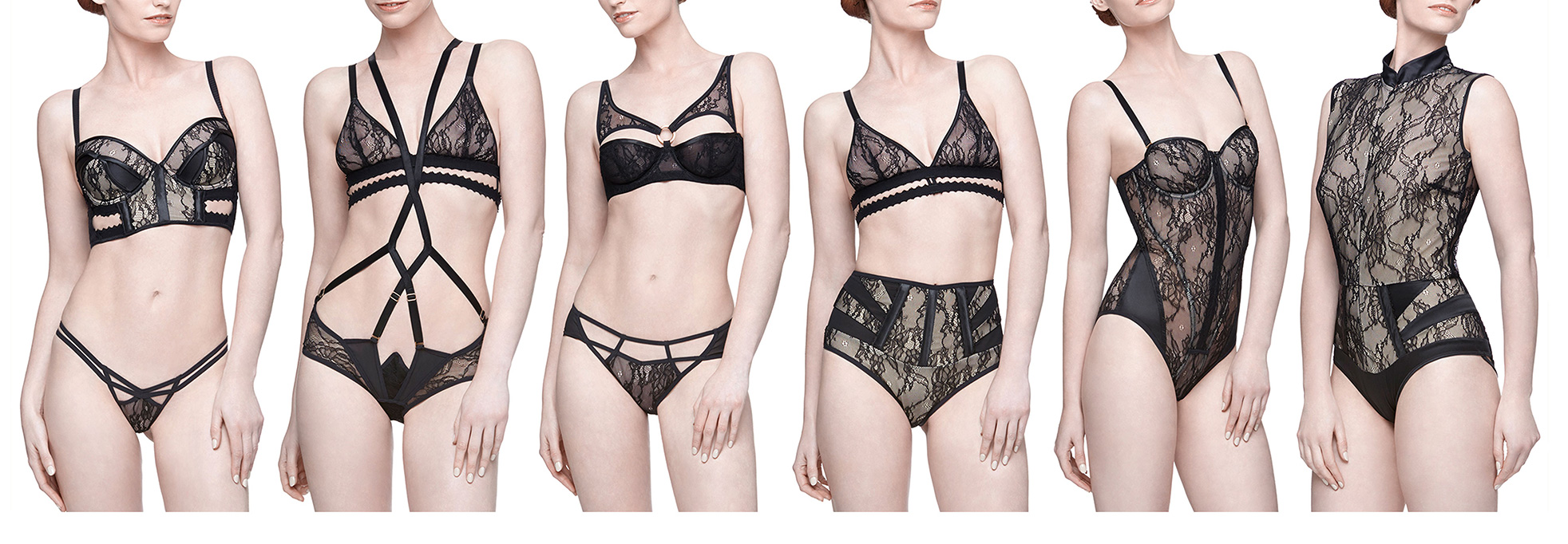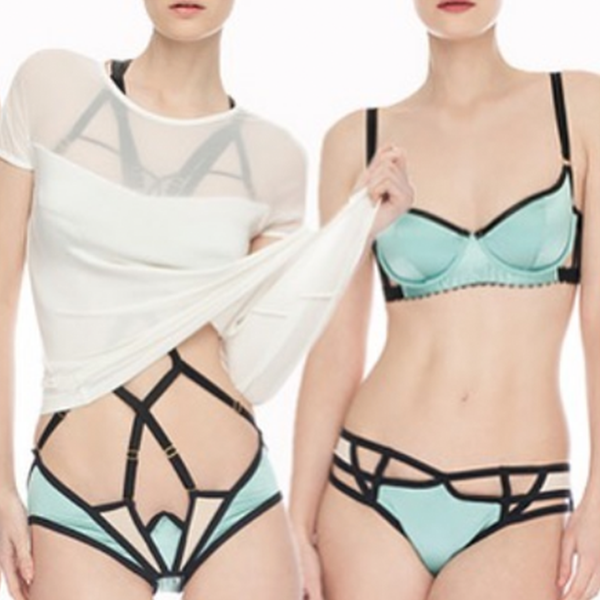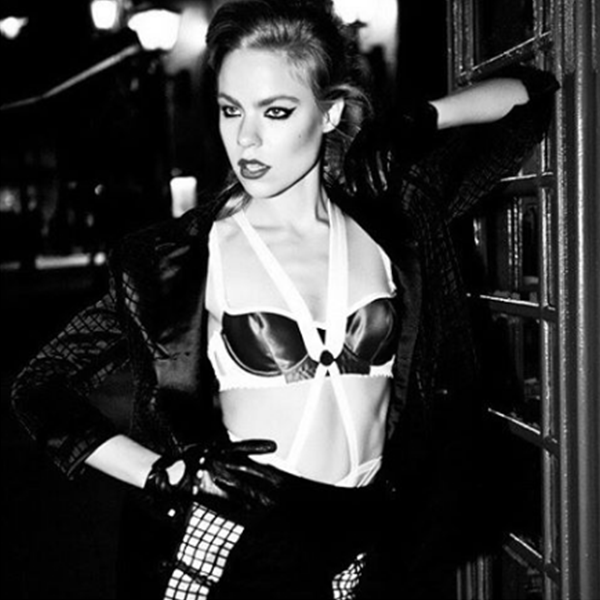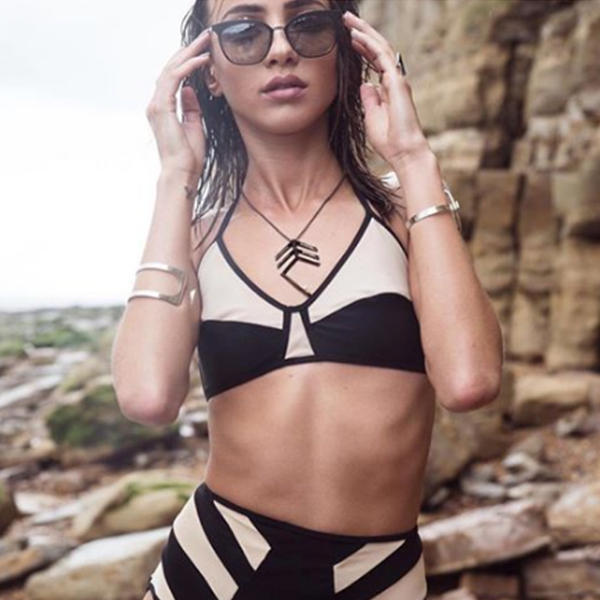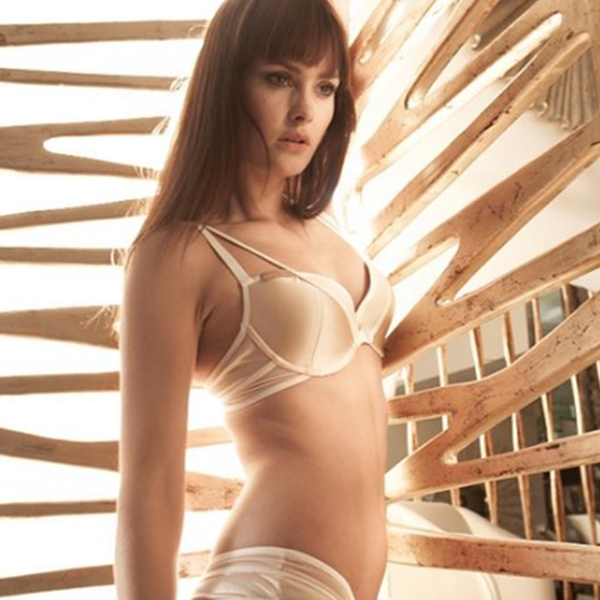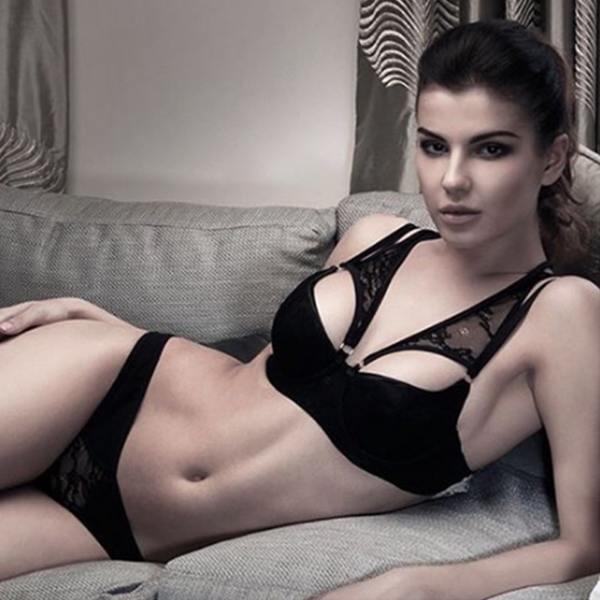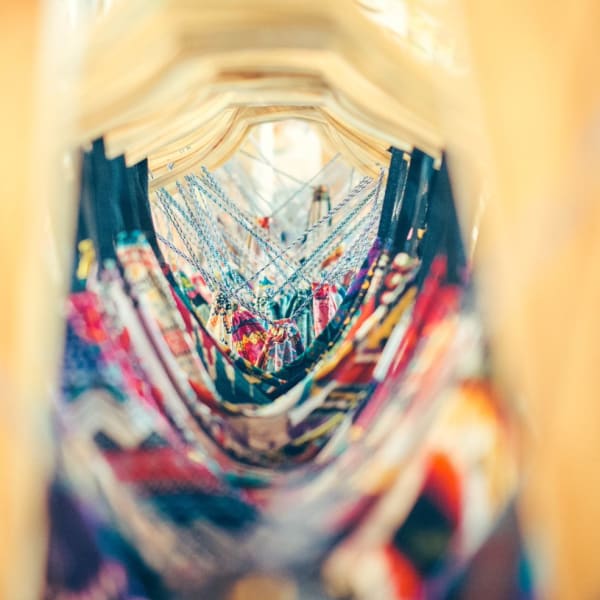From working for fashion houses Alexander McQueen and DKNY, to pioneering an architectural design aesthetic in lingerie, building a global business under her own eponymous lingerie label, and having her pieces worn by global stars such as Beyoncé and Jennifer Lopez, Nichole de Carle has done it all.
Nichole is now a leader within the British bodywear industry, with a successful lingerie and swimwear business as well as a bodywear consultancy offering specialised product development and sustainable manufacturing solutions to brands around the globe.
Alongside this, Nichole also teaches Lingerie and Swimwear Design Online Short Course and on campus with London College of Fashion. We caught up with her to find out more about what it takes to succeed within the fashion industry.
How did your time at Alexander McQueen, DKNY and Pleasure State help you to create your own label?
“So while the game plan was always to create my own line eventually, I wanted to get as much hands-on experience as possible before going it alone. Working at a range of different fashion houses helped me to get a solid understanding of the industry across a range of business models, from high-fashion couture to more commercial collection work. After McQueen and DKNY, I joined Pleasure State, which was a young luxury lingerie brand at the time. That opportunity gave me insight into how a young business navigates rapid growth over a short period of time, which helped me to understand how to troubleshoot the inevitable teething problems that come with starting a business. The hands-on experience was a good set-up for starting up on my own.”
What advice would you give to those looking to start up their own label?
“Have a solid finance plan in place. While the amount of capital you’ll need will depend on the kind of brand you’re trying to build, creating something global and recognisable requires a lot of investment. Understanding your strengths and weaknesses is also crucial. Especially as a female entrepreneur, it can be tempting to want to take on the load by yourself. But taking a step back and understanding your own capabilities can you help to choose the right team to work with and give you the space to focus on your strengths.”
As an experienced businesswoman with a fashion consultancy, do you have any advice for how people can overcome the challenges of starting a business for the first time?
“Having your own business is pretty much like having a child. You will go through challenging phases, but the key is to embrace the journey. Making mistakes is part and parcel of being an entrepreneur, so if you’ve had a bad day, you need to get up in the morning, get back on your bike and keep peddling.”
Nichole de Carle Designs
How were you able to set your brand apart in such a competitive market?
“Like most industries today, the lingerie, swimwear and activewear market is heavily-saturated in some areas. Having a solid understanding of the market that you’re looking to break into will help you to identify interesting gaps where you can carve out a niche for yourself. The key to creating something new and exciting is to know your market inside-out and understand what the opportunities are before jumping in.”
You teach the ‘Lingerie, Swimwear and Bodywear Design’ online course at the London College of Fashion. What advice do you give to students who come to your course looking to start a successful business?
“A fashion business requires a combination of ingredients. It's like baking a cake; you need the correct ingredients to make the cake rise. So not only do you need a good product and good design, you need to build the right connections in order to open doors. Then once you've got that product and you're trying to get it to market, you’ll need the finance plan to carry you through each stage of the business journey. And there’s no such thing as an entrepreneur building a business independently. Having a strong team can be the difference between the cake rising or not.”
Having worked for fashion labels and managed your own, what are the advantages or disadvantages to going it alone?
“The main advantage is having complete freedom over how you plan your days. The flipside of this is that it can be quite tricky to switch off! As an entrepreneur it’s important to find your balance, whatever that looks like for you.”
Within the lingerie and swimwear space, what should entrepreneurs think about first; the customer or the design?
“As I started off making custom pieces for predominantly private clients, my experience in the earlier days was quite different. However as a result of Instagram, there’s been a big shift in the direction towards creating products that fit around customers shopping habits and lifestyles. While you need to maintain a level of authenticity within your design, it’s crucial to grow with your customer and create products that resonate with their lives.”
The fashion market is highly-saturated. Were there any challenges to building your customer base?
“As the cost of advertising can be quite high, finding creative ways to elevate your brand and create more brand visibility and outreach is important. While you now have a direct link to your market through social media, collaborations with other brands can be a great way to engage with your customer and build up your outreach.”
Do you have any practical tips to give to entrepreneurs looking to minimise the risks of starting a label?
“You need to start small. I started off making my products on a little desk in the corner of my room and didn’t hire anybody until I was 100% sure that the business could support a team. The fashion market is constantly moving, so you need to be malleable and open to compromising with the way you’re building your brand. The business plan you start with will look very different to the business plan you have 5 years down the line. Successful entrepreneurs enter the business with a solid plan, but are prepared to move with the market.
It’s also important to develop relationships with different partners. As you're growing, make sure that you've always got options, because if one of your biggest partners goes into administration for example, your manufacturer, then there's no bounce back. It can affect your own business.
The biggest risk with cash flow management is over-producing on stock prior to building out a loyal customer base. In the beginning it’s better to design smaller collections while you’re getting to know your customer. Once you’ve got your loyal customer, you’ll understand what you are designing for her every season.”
How do trends impact the lingerie and swimwear space?
“The lingerie and swimwear space isn’t as regimented as the rest of the fashion industry. Trends are quite loose, although certain shapes can become more popular, such as the bralette. The interesting thing we are seeing today is the blurring between product categories, with swimwear brands branching out into lingerie and vice versa. Today it’s definitely more important to build a brand around either personal branding or lifestyle, rather than trends.”
One last question. What is the future for lingerie and swimwear design?
“Today we're seeing a lot more ‘social designing’. Many designers are creating collections in partnership with social brand ambassadors who already have the audience to sell to, whether they’re an established blogger, DJ or nutritionist. For entrepreneurs who aren’t an influencer by day, collaborating with a credible influencer can be a smart way to test your product from the beginning rather than trying to build an audience from scratch.”
![]()
For more insights into setting up a fashion business, read our guide to starting a fashion business (Nichole also contributed to the guide), or take a look at our range of online fashion courses.
